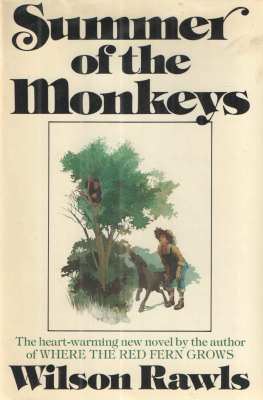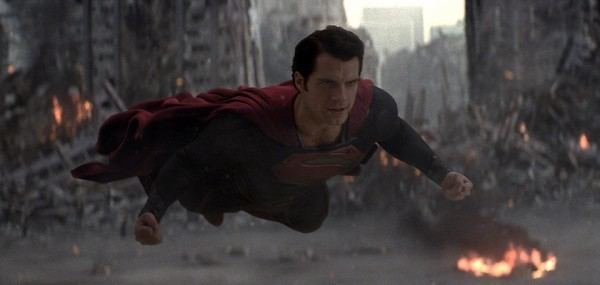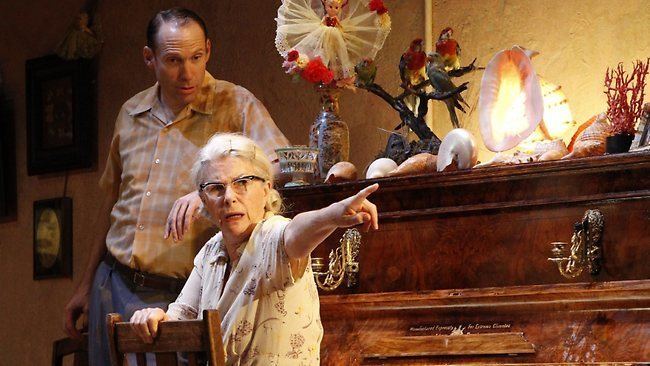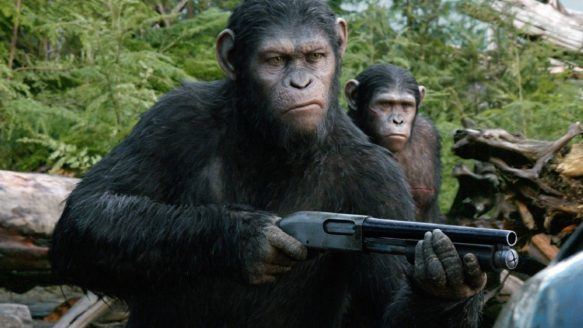Summer of the Seventeenth Doll (film)
6 /10 1 Votes
Duration Language English | Director Leslie Norman Country Australia
United Kingdom
United States | |||||||||||||||||||||||||||||||||
 | ||||||||||||||||||||||||||||||||||
Release date 2 December 1959 (Australia)
16 December 1961 (USA) Based on the play by Ray Lawler | ||||||||||||||||||||||||||||||||||
Summer of the Seventeenth Doll is a 1959 Australian-British film directed by Leslie Norman and is based on the Ray Lawler play Summer of the Seventeenth Doll. In the USA the film was released under the title Season of Passion.
Contents

Plot

Queensland sugarcane cutters Roo and Barney spend the off season in Sydney each year, seeing their girlfriends. For sixteen years Roo has spent the summer with barmaid Olive, bringing her a kewpie doll, while Barney romances Nancy. In the seventeenth year, Barney arrives to find that Nancy has married; however Olive has arranged a replacement, manicurist Pearl. Roo has had a bad season, losing his place as head of the cane cutting team to a younger man, Dowd.

Barney tries to smooth things over between Roo and Dowd, who falls for Bubba, a girl who has grown up with the cane cutters. Barney leaves to work with Dowd. We learn that Dowd has proposed to Bubba, and she now intends to go with him to Queensland. Roo proposes to Olive, who is devastated by this, refusing his proposal and demanding that Roo return their lives to the way they were. Roo leaves, and we see him next saying farewell to Barney and the other cane cutters, along with Bubba, as they board the train for Queensland. Roo then returns to the bar where Olive is working, and the pair are shown laughing together as Roo drinks his beer.
Cast

Play

Summer of the Seventeenth Doll is a pioneering Australian play written by Ray Lawler and first performed at the Union Theatre in Melbourne, Australia on 28 November 1955. The play is almost unanimously considered by scholars of literature to be the most historically significant in Australian theatre history, openly and authentically portraying distinctly Australian life and characters. It was one of the first truly naturalistic "Australian" theatre productions.
Development
The play premiered in London in 1957 and was a big hit. Film rights were purchased by Hecht Hill Lancaster (HHL) for a reported US $300,000 (or £134,000). The play had reportedly been recommended to Harold Hecht of HHL by Laurence Olivier, who directed the London production. HHL announced the film would be part of a 12-picture slate to be released through United Artists; other films included Take a Giant Step, The Unforgiven, Rabbit Trap and Cry Tough. Doll was to star Burt Lancaster and Rita Hayworth, who had just appeared in Separate Tables for HHL.
HHL assigned the adaptation to John Dighton, who had just written The Devil's Disciple for the company. Dighton travelled to Australia to research the script. He told the press in April 1958 that:
I intend to stick to the play as closely as possible. The two barmaids and the old woman are good characters, but a little more colour is needed in the development of the relationship between the two cane-cutters. In its construction Lawler's play runs downhill all the way. This, I feel, was a weakness. I intend to give the film version what I regard as a necessary build-up to a dramatic peak in the middle.
Carol Reed was originally mentioned as a possible director and most observers thought Burt Lancaster would play Roo. However eventually Leslie Norman (who had previously produced Eureka Stockade and directed The Shiralee in Australia) directed and Ernest Borgnine played the lead.
The one member of the original stage production to repeat her performance for the film was Ethel Gabriel.
Leslie Norman later claimed "I want to keep it Australian, but unfortunately the Americans said they couldn't understand the Australian accent and I had to cut out all the Australianisms. That picture broke my heart... What buggered him [John Dighton] - and me - was cutting out the Australianness and giving it a more upbeat ending. It is one of the best plays I have ever seen, but I can't say I'm happy with the film."
The film was criticised by some fans of the play, whose complaints were rooted in three essential criticisms:
Shooting
Shooting began in December 1958, taking place at Pagewood Studios and Artransa Studios. There were some location scenes at Luna Park and Bondi Beach. For one scene, Sydney residents on the shore were asked to leave their lights burning to provide a romantic backdrop to the action. Filming wound up in February 1959.
The film was blacklisted by a British film union because not enough British people worked on it.
Reception
The film was retitled Season of Passion for the American market. Although this was announced in November 1960 the film was not released in New York until 1962 on a double bill with The Happy Thieves.
